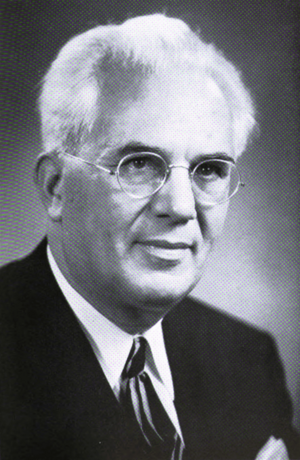Homer S. Ferguson facts for kids
Quick facts for kids
Homer Ferguson
|
|
|---|---|
 |
|
| Senior Judge of the United States Court of Appeals for the Armed Forces | |
| In office 1971–1976 |
|
| Judge of the United States Court of Appeals for the Armed Forces | |
| In office April 9, 1956 – December 17, 1971 |
|
| Appointed by | Dwight D. Eisenhower |
| Preceded by | Paul William Brosman |
| Succeeded by | Robert Morton Duncan |
| United States Ambassador to the Philippines | |
| In office April 12, 1955 – March 23, 1956 |
|
| President | Dwight D. Eisenhower |
| Preceded by | Raymond A. Spruance |
| Succeeded by | Albert F. Nufer |
| Chair of the Senate Republican Policy Committee | |
| In office August 4, 1953 – January 3, 1955 |
|
| Leader | William Knowland |
| Preceded by | William Knowland |
| Succeeded by | Styles Bridges |
| United States Senator from Michigan |
|
| In office January 3, 1943 – January 3, 1955 |
|
| Preceded by | Prentiss M. Brown |
| Succeeded by | Patrick V. McNamara |
| Personal details | |
| Born |
Homer Samuel Ferguson
February 25, 1889 Harrison City, Pennsylvania, U.S. |
| Died | December 17, 1982 (aged 93) Grosse Pointe, Michigan, U.S. |
| Political party | Republican |
| Spouse | Myrtle |
| Education | University of Pittsburgh University of Michigan, Ann Arbor (LLB) |
Homer Samuel Ferguson (February 25, 1889 – December 17, 1982) was an important American leader. He was a lawyer, a professor, and a judge. He also served as a U.S. Senator for Michigan. Later, he became an Ambassador to the Philippines. He also served as a judge on the United States Court of Military Appeals.
Contents
Early Life and Education
Homer Ferguson went to public schools when he was young. He then attended the University of Pittsburgh. In 1913, he graduated from the University of Michigan in Ann Arbor.
After college, he became a lawyer in Detroit. From 1929 to 1942, he was a judge for Wayne County, Michigan. He also taught law at Detroit College of Law from 1929 to 1939.
Serving in the Senate
Homer Ferguson was elected as a Republican to the United States Senate in 1942. He was reelected in 1948. He served as a senator from January 3, 1943, to January 3, 1955.
In 1948, he won his reelection even though many other Democrats won that year. His opponent, Frank E. Hook, said there was cheating. A special group looked into it and found some unfair practices. However, they said Ferguson was innocent, and he kept his seat.
He tried to be reelected for a third time in 1954. But he lost to Democrat Patrick V. McNamara.
Important Work in the Senate
While in the Senate, Ferguson led the Republican Policy Committee. This committee helps guide the Republican Party's plans and goals.
In 1943, Senator Ferguson helped create the Rescue Resolution. This plan asked the President to form a group of experts. Their goal was to find a way to save Jewish people in Europe. These people were in danger from Nazi Germany.
In 1948, he led a special committee that looked into different issues. This committee investigated things like how goods were being sent out of the country. They also looked into how some jobs were being sold in Mississippi.
Pledge of Allegiance Change
In 1954, Senator Ferguson suggested adding the words "under God" to the Pledge of Allegiance. Another politician, Charles G. Oakman, had a similar idea in the House of Representatives. This change became law on Flag Day, June 14, 1954.
Later Career and Retirement
After his time in the Senate, Homer Ferguson continued to serve his country. From 1955 to 1956, he was the U.S. Ambassador to the Philippines.
Then, from 1956 until his retirement in 1971, he was a judge. He served on the United States Court of Military Appeals in Washington, D.C.. This court hears cases from the military.
From 1971 to 1976, he served as a senior judge on the same court. In 1976, he retired and moved back to Grosse Pointe, Michigan. He lived there until he passed away in 1982. He is buried in Woodlawn Cemetery in Detroit.

